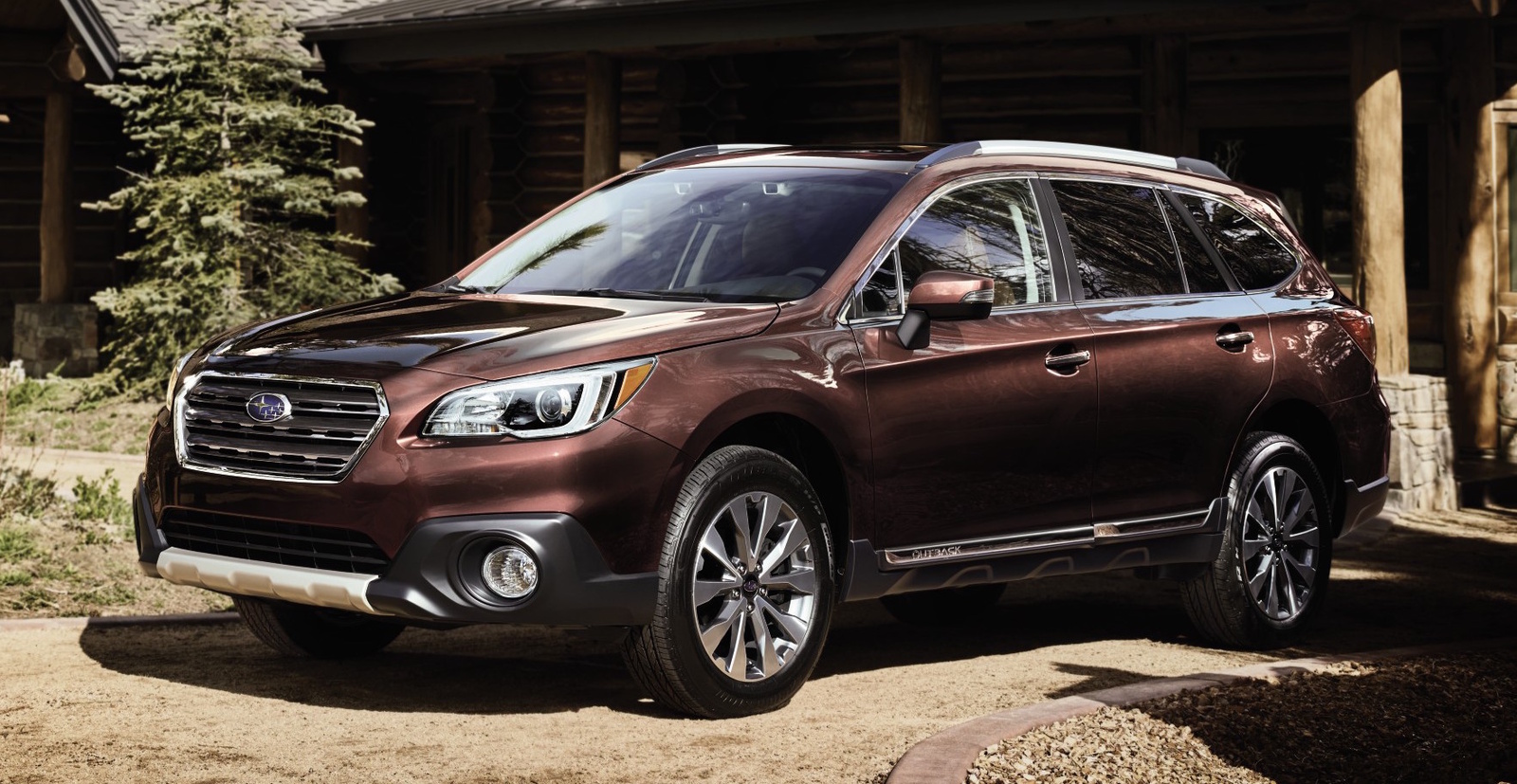In the past, my parents haven’t really done car shopping. They buy a 4-ish year old car and keep it until it dies, which is fine. The problem comes when the car dies. They scramble to buy a car as soon as possible, and they’re stuck with whatever is on local dealer lots that week. My dad pays for the cars and he has refused to get an automatic since forever. This further limits the potential purchases.
It’s about time for my mom to get a car. She has a 2007 Saab 9-5 wagon, with the very rare manual transmission. It’s an alright car, but it has close to 180,000 miles and it’s getting creaky. Last summer, I had to replace the rusted power steering lines, which was an enormous job. Not long after, I tried to replace the rear shocks. When I tried to undo the bolts securing them to the car body, one bolt broke, and the welded nut for another started spinning. I decided to not risk going any further. The car gets from A to B and is reliable, but it’s getting old. Not to mention, it’s a Saab, so while parts availability isn’t totally awful right now, no one knows when the parts will dry up.
Because cars are my life, I decided we should go car shopping. Even if they wanted to wait until a car drops dead, at least they’d have the test driving part of the process done, and maybe they could take some extra time to shop around for a good price on a car they actually want.
I put together a list of cars to look for. My mom’s one must-have feature is a heated steering wheel. It’s actually not a rare item these days, but it’s often locked away in a high trim level or options package. She wants something comfortable and soft, so I decided we should look at larger sedans. She’s open to an SUV type thing, but I haven’t found any that fit the price range. My dad finally OK’d an automatic transmission this time, so that opens up a ton of options.
So here’s what we looked at:
Lincoln MKZ

The first thing we drove was a 2017 Lincoln MKZ. Actually, we drove two of them; one four-cylinder and one six-cylinder, both in the Reserve trim. It’s a pretty nice car. Just look at it. It looks great. The leather was much better quality than I was expecting, as were the rest of the interior materials. Most reviews seem to deride it as a tarted-up Ford Fusion. Yes, it’s on the Fusion platform, but it’s a very different car inside and out. Thanks to the Fusion platform, it’s a decent size car on the outside, but kind of tight inside. The center console in the front is huge, and head room in the back seat is in short supply. The standard 2-liter turbo four-cylinder engine is adequately powerful, but kind of coarse like most four-cylinders. The optional 3-liter twin-turbo V6 however, is a lot of engine. It puts out 400 horsepower and 400 ft-lbs of torque. It’s probably too much engine for the car, but it’s more fun than you’d expect from a Lincoln. Prices are excellent too. A Reserve trim four-cylinder with 20,000 to 30,000 miles can be had for not much more than $20,000 and a V6 for maybe $25,000.
BMW 5 Series

Next up was a 2016 BMW 535i xDrive. My mom and I were both thoroughly whelmed by the car. It was fine. It’s a good car, but not really all that interesting, which I guess is the point of a big German car. It was exactly what we expected.
Subaru Outback

After that, we checked out a 2017 Subaru Outback 3.6R, in the Limited trim. It was actually really good. I can see why they sell as many as they make, if not more. It was quiet and comfortable and well laid out inside. The trunk is huge, of course. The back seat is decently sized. My mom wasn’t expecting to like it as much as she did. Our one hang-up on the car is the CVT transmission. Subaru has been using them for a while and they don’t seem to have a bad reputation, but I still don’t feel totally confident in them. I’d feel a lot better with a regular automatic. The six-cylinder engine in this car is neat because it’s a boxer layout, but it just wheezes out 256 horsepower. Toyota gets 300 with 100cc less displacement. It’s still better than the four-cylinder that wheezes out a paltry 175 horsepower. I don’t know how Subaru gets so little power out of so much engine.
Cadillac CTS

Later that day we checked out a 2016 (I think) Cadillac CTS. I could only find a four-cylinder model nearby, but it turned out not to matter. Neither of us really liked it. The engine was unrefined for the class of car, but it felt more powerful than I expected. The shifter was positioned oddly. The fit and finish of the materials in the car wasn’t great; several adjacent seams in the dashboard stitching didn’t line up correctly. Not what you want to see in a car that originally cost close to $60,000. But worst of all were the center stack controls. They’re all capacitive touch buttons, and they’re mounted on a springy board. It’s difficult to use and doesn’t feel very nice. We crossed this car off the list before the test drive was over.
Genesis G80

Remember the Hyundai Genesis? Yeah, no one else does either. It grew up into its own brand. And just look at it. This is one of maybe a dozen or so cars I’d buy just to look at. I think it’s a styling masterpiece. It’s bold enough to stand out right now, but conservative enough that it’ll still look good in 20 years. Plus, it’s rare. Like, really rare. They sold under 20,000 G80s in the US for 2017, and under 10,000 the next year. I was surprised to see one close to home, and it was a V8 no less. That car was great to drive. The inside looks just as good as the outside. It has the best cooled seats I’ve ever used. They get cold, but make hardly any noise. The V8 engine is perfect for the car. It’s effortless, and makes a great noise, one you might not expect from this kind of car. The only drawback is the price. The one we looked at was being advertised for$36,000. There’s also a V6 model, which we drove the other day. It’s 85% as good as the V8. Other than the engine, the V6 we drove was identically equipped to the V8. The V8 is certainly better, but probably not $10,000 better.
For now, the G80 is at the top of the list, followed by the MKZ, then the F10 BMW 5-series and the Subaru Outback. I’m going to try to get my dad to drive the G80 later this week to see if I can convince him that it’s worth a little more money over the MKZ.

